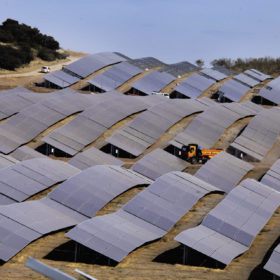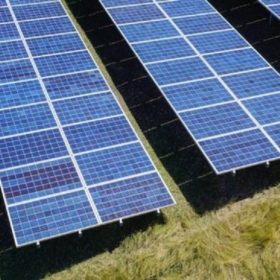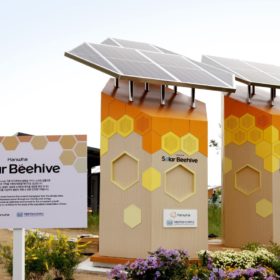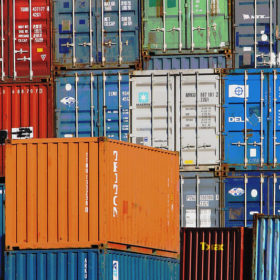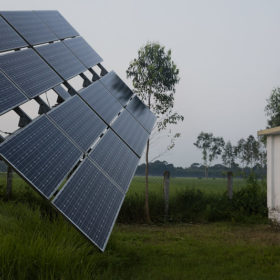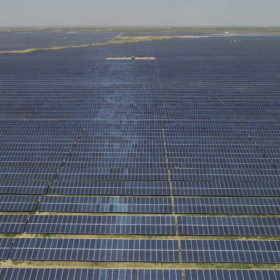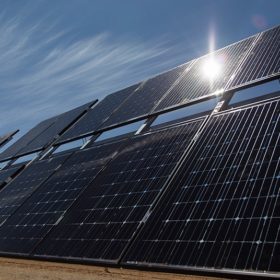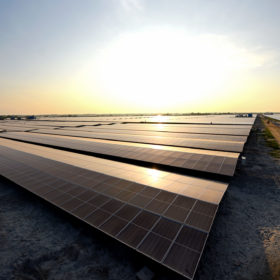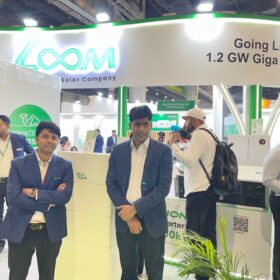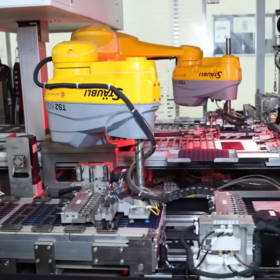Spanish court orders Iberdrola to dismantle 60% of 500 MW operational PV plant
A Spanish court has ruled that Spain’s largest operational PV project – the 500 MW Nuñez de Balboa solar plant – occupies a piece of land that was illegally expropriated. Project owner Iberdrola must now shut down a large portion of the installation.
Telecom industry body hails green energy open-access reforms
The Cellular Operators Association of India has welcomed lowering of the green energy open-access transaction limit from 1 MW to 100 kW under the Electricity (Promoting Renewable Energy through Green Open Access) Rules 2022.
Solar beehive in South Korea
Hanwha Group has marked World Bee Day by unveiling the country’s first solar beehive. The PV modules on the beehive generate electricity to automatically monitor and control internal conditions.
The long read: China’s PV industry reaches new heights
Against all odds, China’s gross domestic product grew by 8.1% in 2021, up 5.8% year on year. Electricity consumption grew by 10.3%, up 7.2%. Taking this into account, it’s no surprise that China’s PV industry also reached new heights. Frank Haugwitz, the founder of the Asia Europe Clean Energy (Solar) Advisory (AECEA), takes a closer look at what is still by far the world’s largest PV market.
Analyst predicts extent of rise in this year’s solar capital costs
Wood Mackenzie this week made a slew of predictions for the industry in 2022 and noted the effects the US’ recently announced anti-circumvention investigation is already having on utility scale plans.
Solar developers buying up land in Bangladesh
A shortage of suitable sites is prompting companies to buy up land before deciding on the specifics of project construction, as a junior minister stated more solar is likely to be waved through by 2025.
Solar tariffs to rise 21% over the next 12 months
Solar tariffs will likely increase to INR 2.95 ($0.039)/kWh in the next 12 months, mainly due to the 40% basic customs duty on imported solar modules.
Higher solar module prices: rainy days ahead for developers?
CareEdge Ratings has analyzed the key drivers of rising PV module prices and the impact on projects in India. It has also assessed the tariffs expected in upcoming bids, to ensure that developers get the same returns they were previously getting.
World Bank spells out how Pakistan can hit 13 GW of clean power
With its growing population and rapidly increasing energy needs, Pakistan’s energy security is undermined by the overriding share of imported fossil fuels in its energy mix. But, by turning to its untapped, tremendous solar, wind and biomass potential, the South Asian country could spur social and economic development, while improving energy access, says IRENA.
Bangladesh secures $200m from Asian Infrastructure Investment Bank to support renewables
The China-led Asian Infrastructure Investment Bank (AIIB) has extended a $200 million long-term credit facility to Bangladesh to finance a range of infrastructure projects, including renewable energy expansion.
